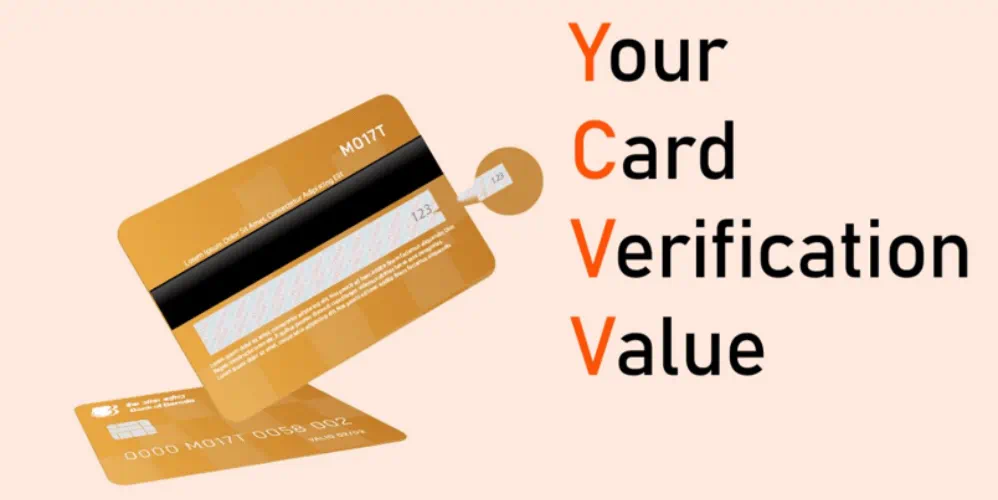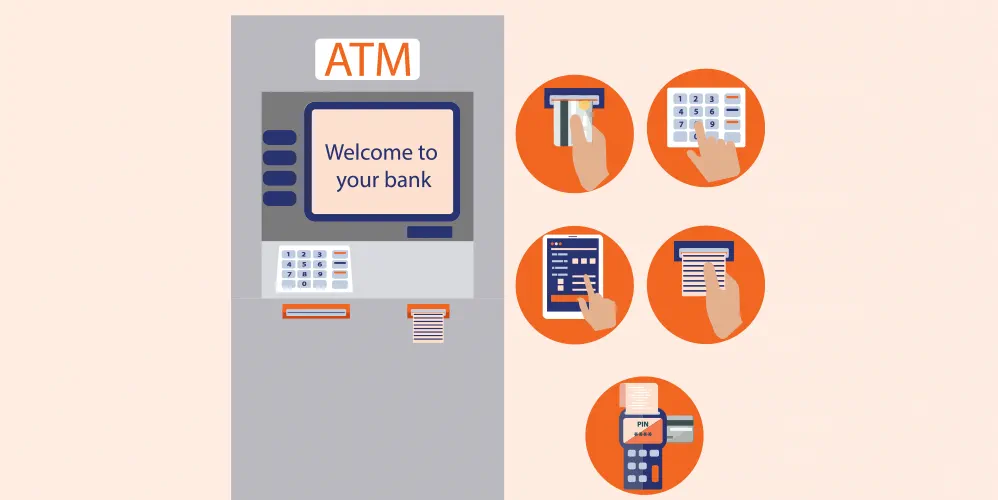
गृह ऋण शेष राशि अंतरण क्या है और यह कैसे काम करता है?
20 जून 2022

Table of Content
-
What is home loan balance transfer?
-
When should you opt for a housing loan balance transfer?
-
What are the costs of a home loan balance transfer?
-
What are the benefits of opting for a home loan balance transfer?
-
How to balance transfer home loan?
-
Step 1: Speak to your current lender
-
Step 2: Find a new lender
-
Step 3: Application and documentation
-
Step 4: Wait for sanction
Having a home of your own is a huge life milestone and achievement for most people. Since purchasing a home is an expensive affair that requires financial planning, you can rely on financial aid in the form of home loans. However, often when you opt for a home loan offered by a bank or financial institution, you might find yourself unhappy with the terms attached. Rather than stick it out with terms that are not favourable to your situation, you can later choose to opt for a home loan balance transfer. Let’s look at the benefits of home loan balance transfer and show you how the process works.
What is home loan balance transfer?
As mentioned above, you can opt for a home loan balance transfer when the terms offered by your existing home loan are not suitable for you. Basically, you start by looking at other lenders providing home loans and peruse the terms offered. If you find a home loan offer that is more appropriate for your financial situation than your current loan, you can get your existing loan transferred to the chosen new lender. This entire process of switching lenders and home loans for better terms is called a home loan balance transfer. Nowadays, almost all lenders offer this facility, so you don’t need to worry about whether it will be available when you want to make the switch.
When should you opt for a housing loan balance transfer?
While the primary reason for which you might opt for a home loan balance transfer is for better terms, specifically interest rate, timing such a move is equally important. The following situations perfectly exhibit an ideal time to opt for this type of a transfer:
• When you have a considerable tenure left on your home loan
Opting for a balance transfer during the earlier stages of your home loan is more profitable. If you are nearing the end of your home loan tenure, going for a balance transfer might see you incur additional expenses during the transfer. The savings you would make from the transfer might not be enough to justify these expenses.
• When you have substantial unpaid loan amount
If you have a substantial portion of the borrowed amount unpaid, and lowered interest rates would be of immense help, then it would be wise for you to opt for a balance transfer. However, if you have to pay only 5%-10% of the loan amount, then going for a balance transfer would not make much of a difference and be an unnecessary hassle due to the extra paperwork and processes involved.
• If you can note a remarkable reduction in cost
While opting for a balance transfer, most borrowers only consider the home loan balance transfer interest rates. However, it is important that you take the overall cost of opting for a balance transfer into account, as well. For instance, remember that you would need to pay fees for processing this transfer. Take a look at the benefits offered in return, and only if they outweigh the costs should you go ahead with a balance transfer.
What are the costs of a home loan balance transfer?
Now that you know that undertaking a cost-benefit analysis is the right way to decide if a home loan balance transfer is the correct move for you, it is crucial to understand the costs involved. One type of cost you might have to bear is extended from the lender who has provided your existing home loan. This is a prepayment penalty that gets charged if you are closing the loan before its original tenure. The other kind of cost that you might have to pay is levied by the new lender in the form of the processing fee charged. Make sure to check both of these expenses before signing up for a balance transfer. Apart from monetary expenses, you also have to consider other intangible costs. For instance, the amount of time, energy, and effort you expend in gathering the documents and conducting the balance transfer process. Plus, don’t forget the effort involved in finding the best home loan balance transfer offers.
What are the benefits of opting for a home loan balance transfer?
Many borrowers opt for home loan balance transfers. This is because there are many advantages associated with this facility. Let’s take a look at some of the benefits of home loan balance transfer.
• Lower interest rates
Generally, one only opts for a balance transfer if another lender is offering a lower interest rate when compared to the existing lender. With low interest rates, you have to pay reduced EMIs, and the total cost of the loan also decreases considerably. As we know, houses cost several lakhs – if not crores – of rupees. So, even a slight decrease in the interest rate can see you save a substantial amount of money.
• Better tenure
A couple of years down the line, you may want to revise your home loan tenure as your financial obligations increase or evolve. A balance transfer gives you room to revise your existing tenure. Now, you are no longer bound to make those heavy payments as you can opt to increase the tenure for financial comfort.
• Top up facilities
You may find yourself in need of additional funds for home renovation or repairs. You can avail of a top up loan during a balance transfer so that you can get the funding you need to make changes to your living space.
Finally, doing a balance transfer can also help you transfer your existing home loan to a new lender who, perhaps, can offer you better customer service and other banking benefits as a customer.
How to balance transfer home loan?
Now that we have understood what a home loan balance transfer is, lets discuss how the process is done. To that effect, here is how to balance transfer home loan.
Step 1: Speak to your current lender
Before you apply for a home loan balance transfer with a new lender, you need to speak with your current lender to let them know of your plans of transferring the loan. This is because your existing lender will need to discuss prepayment penalties and loan closing formalities. They may also try to retain you as a customer.
Step 2: Find a new lender
Even if your existing lender is trying to retain you, it helps to know what home loan balance transfer offers are available in the market. Make a list of the best home loan balance transfer options and narrow down the list based on the best interest rates, features and benefits, and customer reviews.
Step 3: Application and documentation
Once you have selected a new lender, ask them for a list of the documents they would need. Most lenders will need you to submit your current home loan statement, among other documents. Fill up the application form and submit all the paperwork as required.
Step 4: Wait for sanction
Your new lender will review all the documents and sanction the loan if everything is in order. Remember to ask your lender for the time they take to review your application and disburse funds. Procedures may vary slightly from one bank or financial institution to the other.
Popular Articles
Related Articles



What is CVV on a Debit Card? Understanding Its Importance and Security Features


How to Update Your FASTag KYC: Step-by-Step Guide for Online & Offline Methods




The Importance of Pension Funds: Secure Your Future with Steady Retirement Income

-
डिस्क्लेमर
इस लेख/इन्फोग्राफिक/चित्र/वीडियो की सामग्री का उद्देश्य केवल सूचना से है और जरूरी नहीं कि यह बैंक ऑफ बड़ौदा के विचारों को प्रतिबिंबित करे। सामग्री प्रकृति में सामान्य हैं और यह केवल सूचना मात्र है। यह आपकी विशेष परिस्थितियों में विशिष्ट सलाह का विकल्प नहीं होगा । बैंक ऑफ बड़ौदा और/या इसके सहयोगी और इसकी सहायक कंपनियां सटीकता के संबंध में कोई प्रतिनिधित्व नहीं करती हैं; यहां निहित या अन्यथा प्रदान की गई किसी भी जानकारी की पूर्णता या विश्वसनीयता और इसके द्वारा उसी के संबंध में किसी भी दायित्व को अस्वीकार करें। जानकारी अद्यतन, पूर्णता, संशोधन, सत्यापन और संशोधन के अधीन है और यह भौतिक रूप से बदल सकती है। इसकी सूचना किसी भी क्षेत्राधिकार में किसी भी व्यक्ति द्वारा वितरण या उपयोग के लिए अभिप्रेत नहीं है, जहां ऐसा वितरण या उपयोग कानून या विनियमन के विपरीत होगा या बैंक ऑफ बड़ौदा या उसके सहयोगियों को किसी भी लाइसेंसिंग या पंजीकरण आवश्यकताओं के अधीन करेगा । उल्लिखित सामग्री और सूचना के आधार पर किसी भी वित्तीय निर्णय लेने के लिए पाठक द्वारा किए गए किसी भी प्रत्यक्ष/अप्रत्यक्ष नुकसान या देयता के लिए बैंक ऑफ बड़ौदा जिम्मेदार नहीं होगा । कोई भी वित्तीय निर्णय लेने से पहले अपने वित्तीय सलाहकार से सलाह जरूर लें।
वैयक्तिक ऋण बनाम कार लोन - कौन सा बेहतर है?
कार लेना कई लोगों का सपना होता है। वाहन आपकी इच्छानुसार यात्रा की सुविधा प्रदान करता है एवं आपको स्थानीय आवागमन की भीड़ से बचाता है। अपनी कार होने से भी आपातकाल के समय में मदद मिलती है। नॉवल कोरोनावायरस के प्रकोप के साथ, स्थानीय आवागमन या सार्वजनिक परिवहन का उपयोग करना कठिन हो सकता है। आपका अपना वाहन ऐसे कठिन समय में आपकी सुरक्षा सुनिश्चित करता है।
आपको फ्लोटिंग रेट गृह ऋण क्यों चुनना चाहिए?
गृह ऋण लेना आपके सपनों का घर खरीदने के सबसे आम तरीकों में से एक है। गृह ऋण प्रदाता या तो आपसे आपके ऋण पर फ्लोटिंग या निश्चित ब्याज दर वसूल सकता है। जबकि एक निश्चित ब्याज़ दर से आप अपने आपको सुरक्षित महसूस करते है, फ्लोटिंग ब्याज़ दर संभावित रूप से आपको बचत जनरेट करने में मदद कर सकती है। इस कारण कुछ और कारणों से, बहुत से लोग फ्लोटिंग रेट गृह ऋण लेना पसंद करते हैं।

